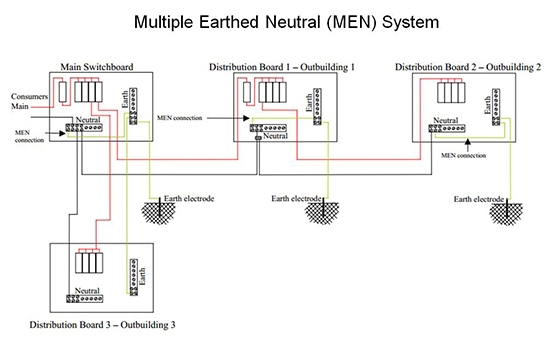How should regulation 537.2.1.7 be interpreted and applied? This regulation, which I believe has been deleted but is still being followed by some, requires the neutral to be isolated with a linked switch or removable link when carrying out isolation. However, this can cause a lot of trouble and inconvenience, especially for 24/7 departments that need continuous power. The Lead Engineer argues that both supplies, essential and non-essential, need to be isolated to work on the Essential Line side isolator, where the neutral is linked between the line and load. But is this really necessary? Regulation 531.2.2 allows the neutral to remain connected if it can be reliably assumed to be at earth potential. Can this be verified prior to work commencing by a simple calculation of Un-E = neutral current x Zn (TN-S) or a voltage test between neutral and earth? Some suggest that these methods are sufficient and practical, and that isolating the neutral is unnecessary and impractical. Others assert that these methods are not reliable and safe, and that isolating the neutral is essential for safety reasons, even in a well balanced 3 phase system having minimal neutral current and a low Zn. What is your view?
